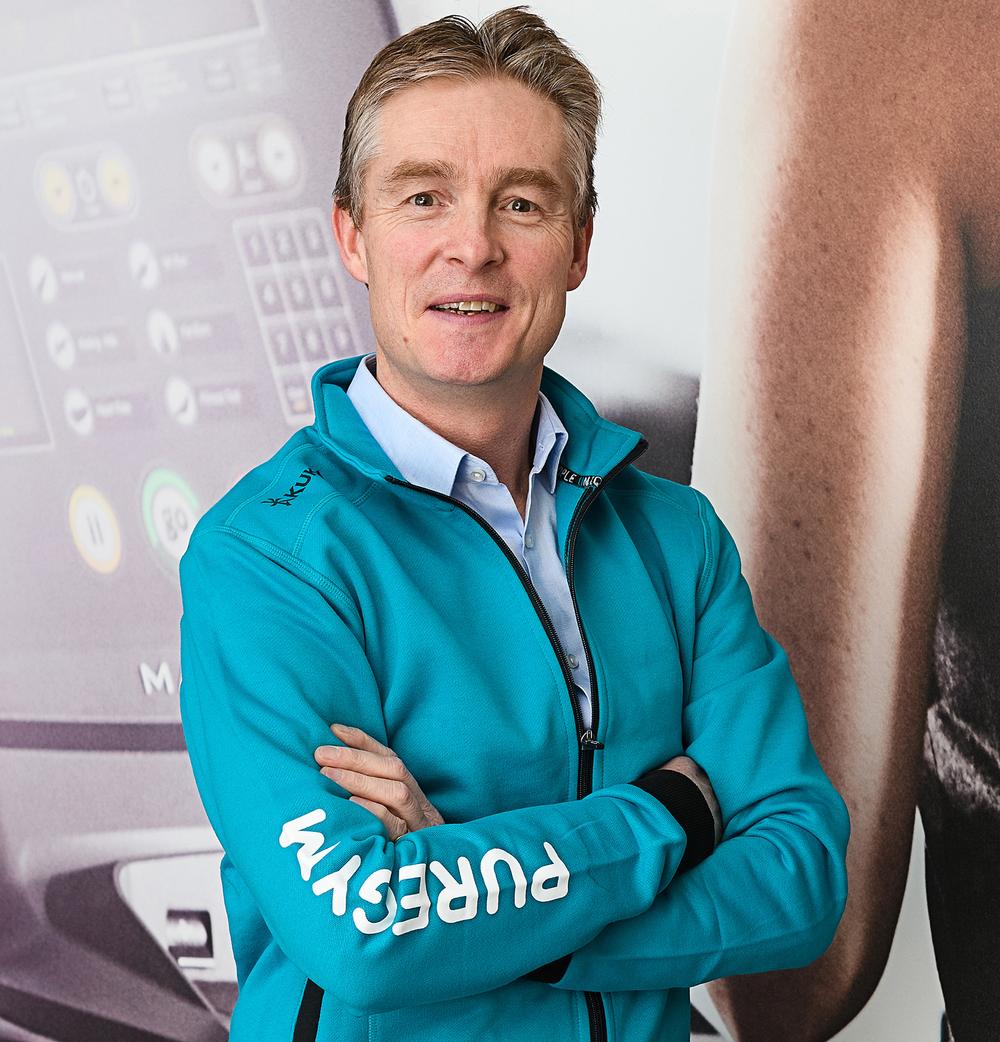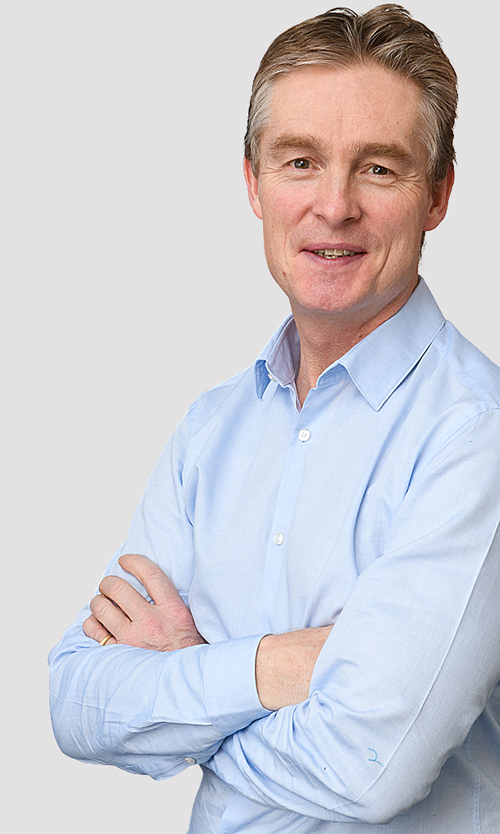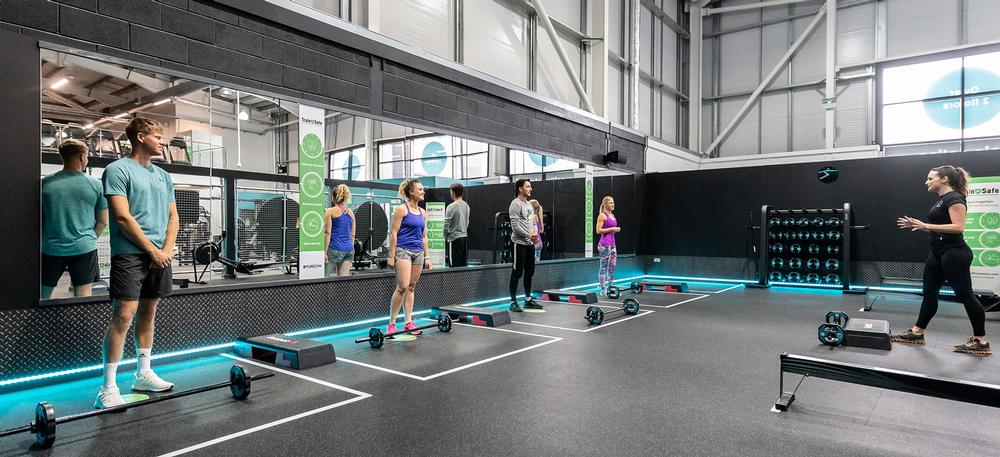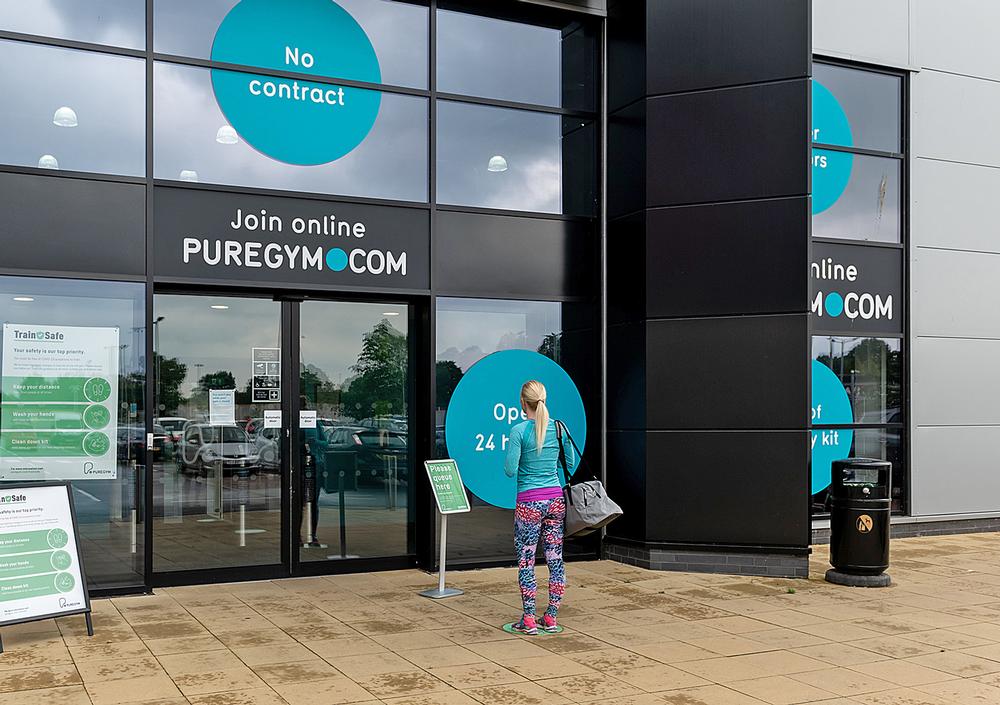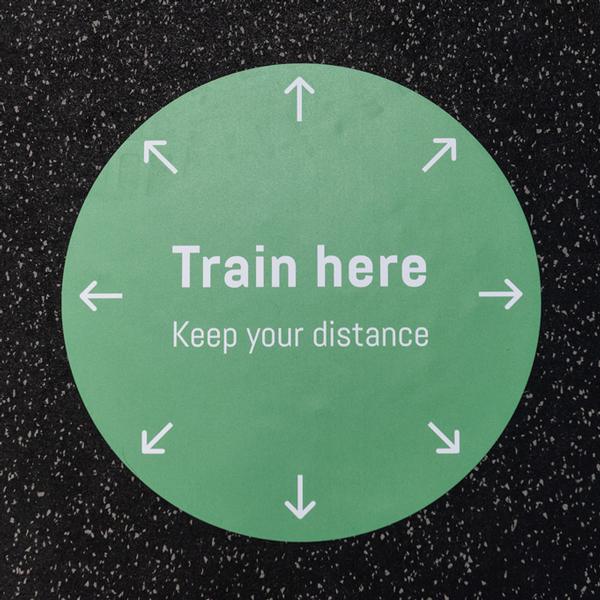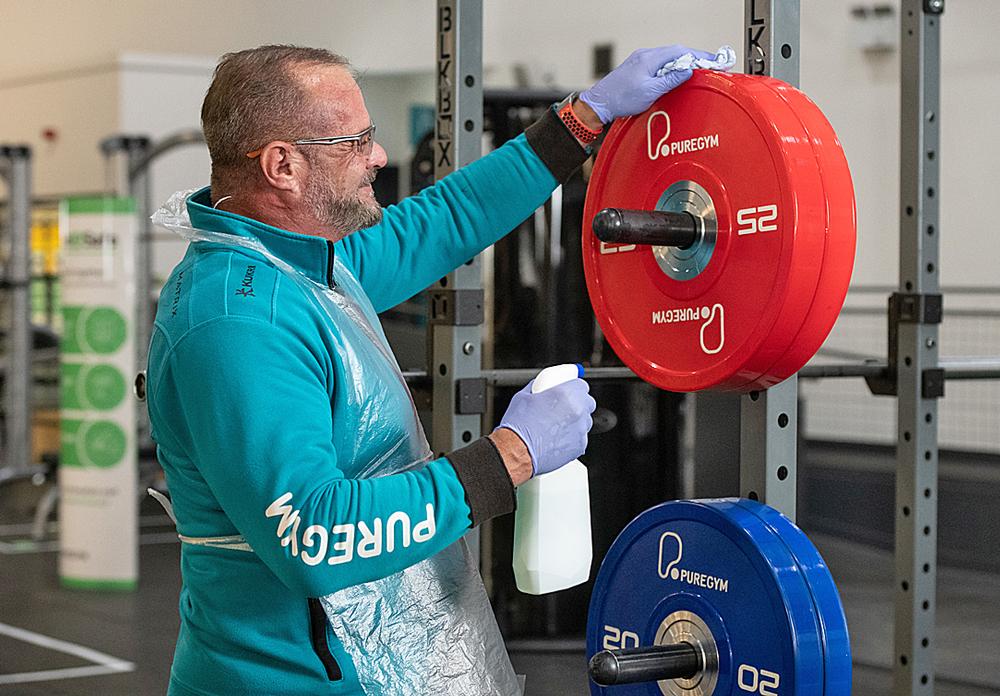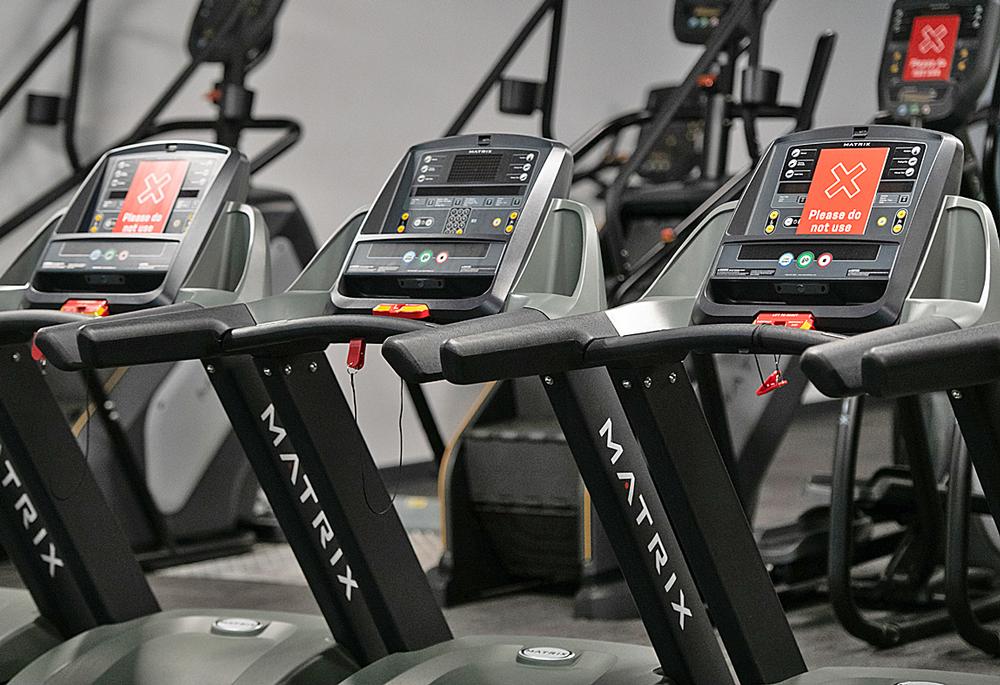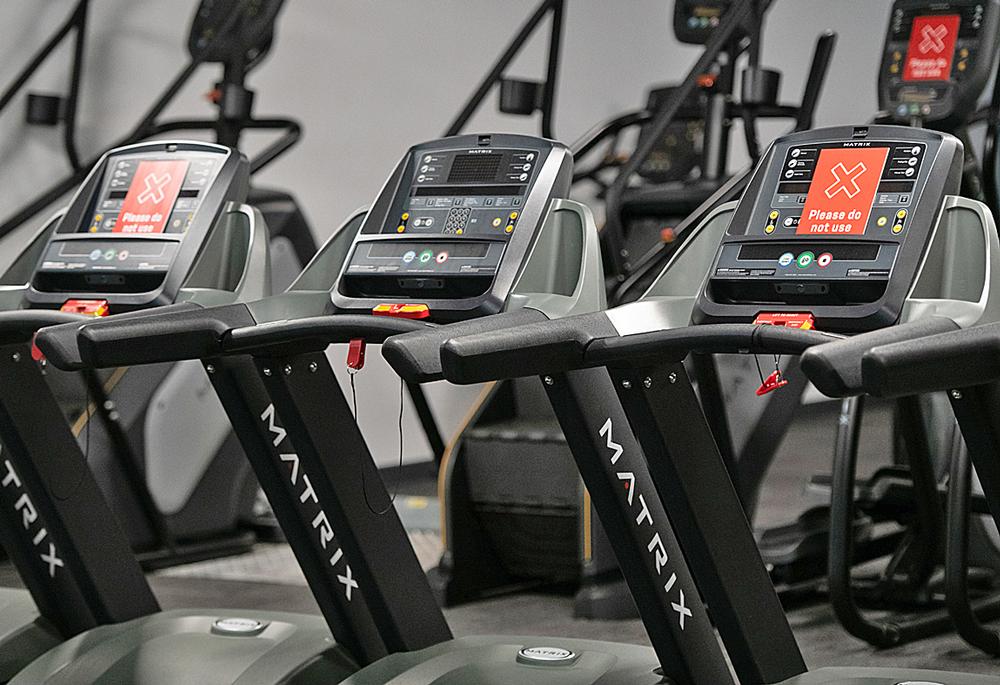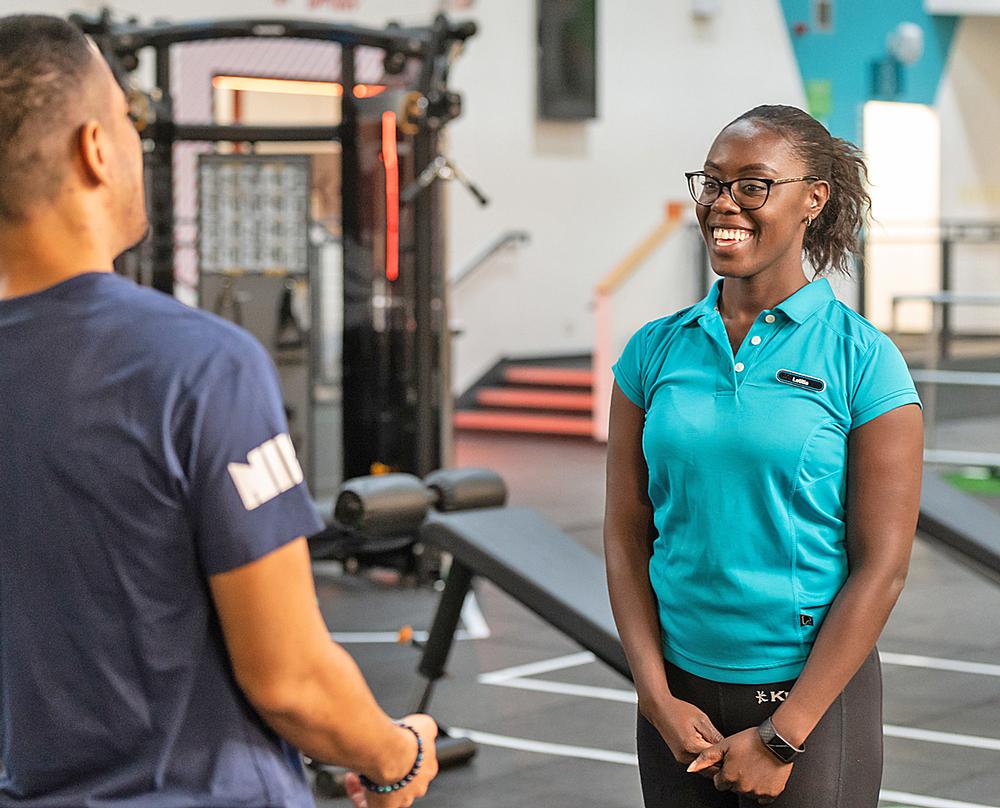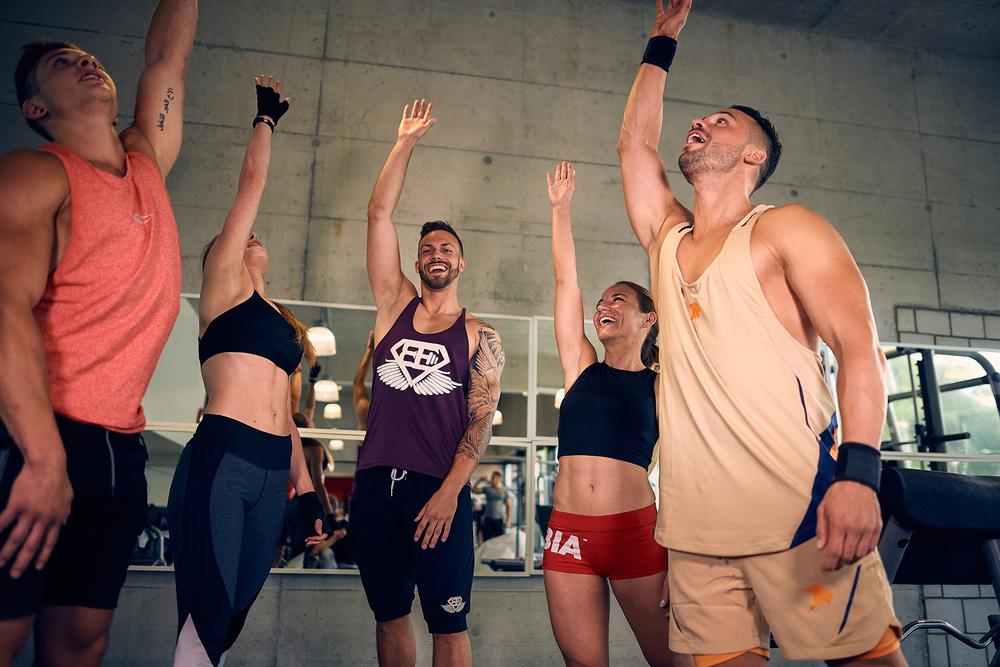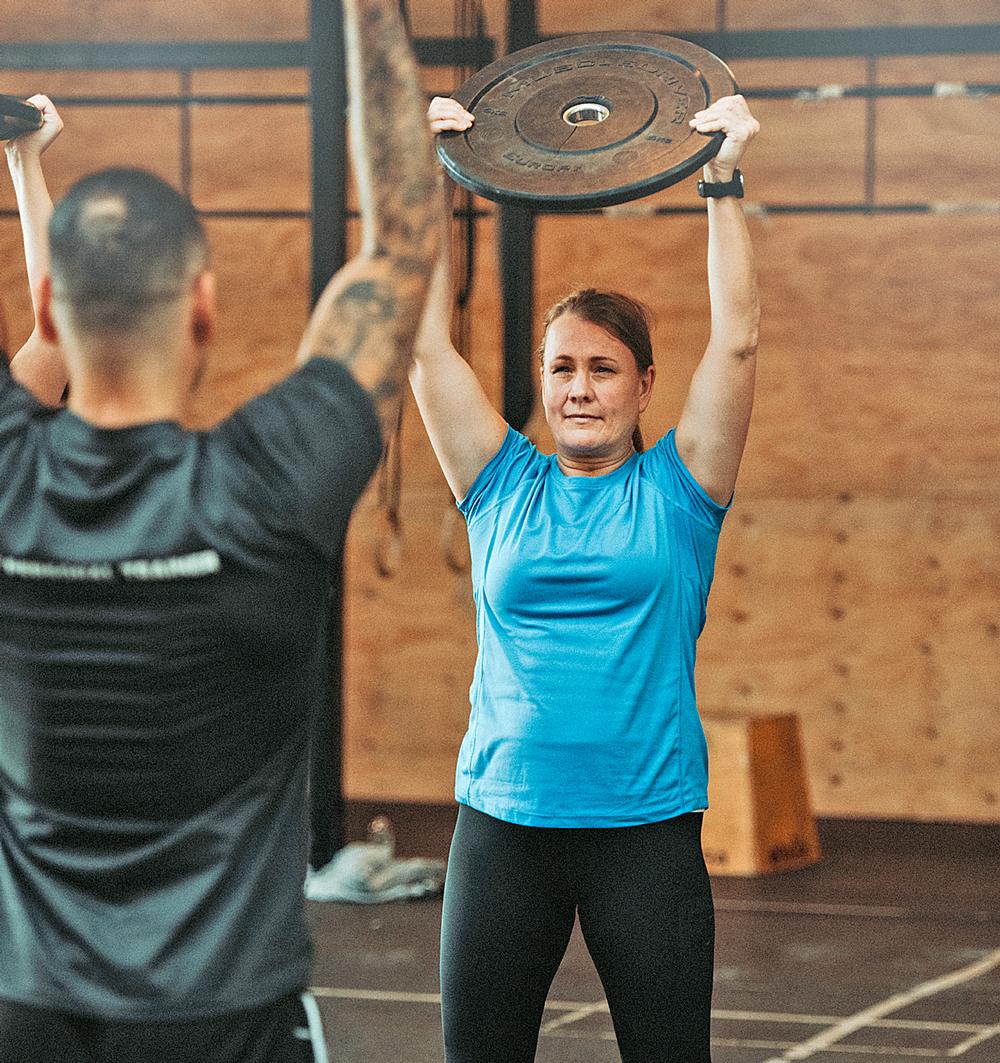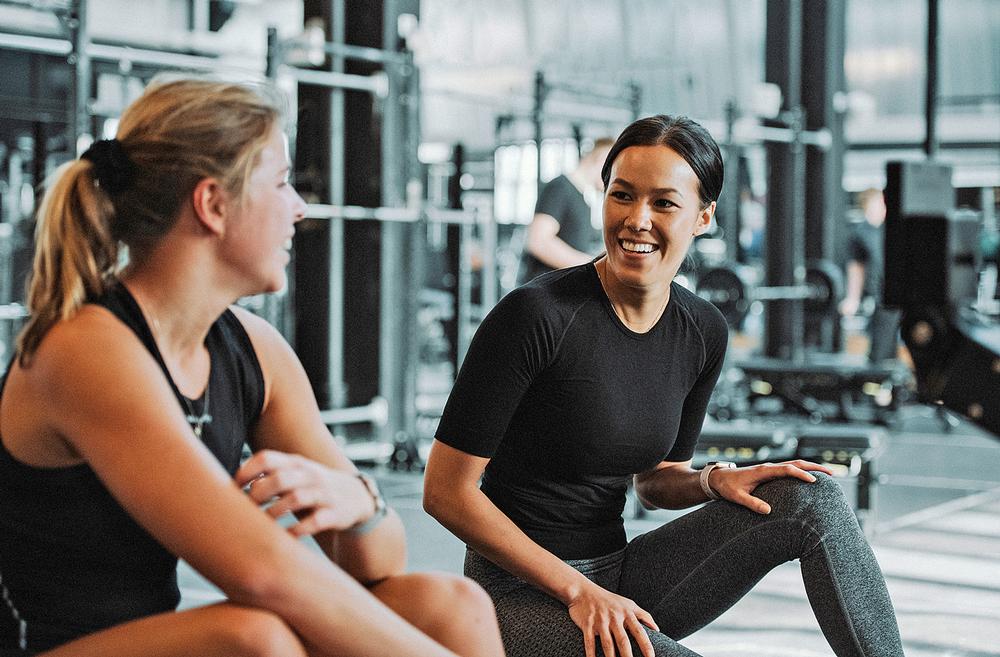We believe a premier league of larger-scale budget fitness operators is beginning to emerge: the likes of Planet Fitness in the US, BasicFit in Europe and SmartFit in Latin America,” says PureGym CEO Humphrey Cobbold. “We want to get bigger too. Not at the expense of quality – you have to be both big and good – but scale has real advantages.
“Being bigger means you can invest more in all the key elements that respond to scale: technology, digital, data, analytics, information, management processes, quality of management and so on. Of course, these also happen to be the things that underpin the budget model.
“One of the other things that’s important about the low-cost model is that it’s more consistently exportable and manageable across geographies than the traditional gym model,” says Cobbold. “In turn, that makes scale even more achievable.
“So, this is a model that will go on growing. In some markets, it already has a 50–60 per cent share, and we believe affordable fitness will be a very substantial part of all significant gym and fitness markets in the future. Within that, scale operators will have an advantage.”
It was this thinking that led to PureGym’s acquisition of Fitness World – a deal that was completed at the beginning of 2020, just before COVID-19 sent the world into lockdown.
The deal handed PureGym more than 230 clubs in Denmark, Poland and also in Switzerland – under the BaseFit brand.
“With hindsight, you could argue the timing wasn’t great,” reflects Cobbold. “However, the underlying strategic logic for the deal is absolutely sound and will play out over the medium to longer term. It’s just going to take a bit longer to get there, as everything is at the moment, because of COVID-19.”
A cross-market strategy
“Part of the rationale for the transaction was geographic diversity,” says Cobbold. “That’s a good thing generally, because it means you’re not entirely exposed to the economics and situation in one country. Of course, I didn’t expect it to play out in quite the way it did, with a global viral shutdown and some markets opening before others, but it’s proof that diversity in a business portfolio is never a bad thing.
“Switzerland re-opened on 11 May, Poland on 6 June and Denmark on 10 June, he says, “we brought in maybe £20m from the Swiss and Danish clubs, while the UK clubs were still closed.
“I haven’t done this sum exactly, but I think the cost of financing the Fitness World deal was more than compensated for by the revenue that Fitness World brought in over that period.
“There were operational advantages of owning the European clubs too. We were able to see and understand how new protocols worked in environments well ahead of anybody else in the UK market, which allowed us to strengthen our own protocols and gave us real confidence in re-opening.
“Because our number one priority is making sure our gyms are safe places to work and safe places to work out. We’ve put a lot of effort, money and staff and colleague time behind this. We currently have about 1.5–1.6 million paying members attending our facilities and giving us feedback to say they’re happy doing so, and I’m very proud of the way we’ve re-earned people’s trust in this new environment.
“Our figures are down on where we were at the end of February, we’re very open about that: we peaked at 1.9 million members in February. But by any measure, given the dislocation we’ve all been through, that’s a pretty good all-round performance.”
Post-lockdown performance
Indeed, where many operators around the world are still operating at a loss, PureGym was already back in the black by the time of this interview (28 September 2020).
“If you look at our Q2 results, you’ll see a break-even analysis,” says Cobbold. “Based on 2019 data, our top level of break-even – including not only operating costs but refurbishment CapEx and interest payments too – is reached at 89 per cent of volume. In fact, with yields up slightly in 2020 versus 2019, that figure is more like 82–83 per cent, and we’re ahead of that on average across the group. The UK is slightly behind Denmark and Switzerland – it was closed for longer and hit harder by the pandemic, and confidence levels are a little lower as a result – but across the group, we’ve passed the break-even point.
“I’m massively reassured by how quickly a very large number of people – 80 per cent of our membership – were back in the gym within five or six weeks of re-opening in all our markets,” says Cobbold. “It’s an important affirmation of the model given the sort of difficulties we’ve just been through.”
He adds: “We’re also seeing new people joining our gyms. In the UK in August – the latest fully analysed data I have for this – only 50 per cent of joiners had been members of PureGym before. And we’re getting overwhelming feedback from members telling us just how glad they are to be back in the gym, how physically they’re feeling better, mentally they’re feeling better. We had queues outside pretty much every gym in the country when we reopened.”
Learnings from 2020
Yet challenges remain: taking place in late September, our interview is set against the backdrop of rising cases in the UK and the looming threat of a second lockdown.
“The big unknown about any further lockdowns is what government will do,” observes Cobbold. “We’re still benefiting from the UK government’s rates holiday, which is excellent, I have to say. But the big unknown is what support they will give to job retention and for furloughing of staff. By the time you’re publishing this, of course, all this may be more apparent. What I can say is that we’re positioning to come through this strongly, and we will need people to be able to do that.
“We’re in a good place, though, having secured a further £100m cash injection to boost our total liquidity to over £250m. We didn’t need that much to see us through COVID, but I wanted to have the platform to invest in technology, new sites, refurbishment of existing sites.”
He elaborates: “Clearly digital and online is going to be an accelerating part of what we’re doing: as we stand today, over 700,000 existing members have our app on their phones, as do 400,000 non-members in the UK, and many are still using it for the group exercise and classes we’re offering on there.
“Moving forward, I believe digital will be a complement to facility-based fitness for most people, not a replacement, but it will be a very important part of the mix. Whether we’re able to charge for it at some point remains to be seen, but we’re increasing our numbers of software engineers and putting significant investment into our tech development.
“I also think there are learnings from COVID that will change the way we operate our gyms for the long term. We believe expectations around hygiene will remain high, so our cleaning and sanitisation points will become a permanent feature.
“Secondly, members are telling us they’re enjoying their workouts even more because we’ve clearly delineated the workout spaces: we have white boxes around benches and in studios for classes, for example. I think we’ll see a bit more management of space for people coming out of this.”
Growth of the estate
All this thinking will be applied to an even greater number of clubs, as PureGym Group continues to grow its estate through various channels.
“We’re just coming out of a big dislocation and it looks as though we might be heading for more disruption. That isn’t the easiest environment in which to think about strategy and growth. But we’re doing it anyway, because we believe low-cost is a winning model for the future,” says Cobbold, “and we intend to be a large and significant player in the market. That principle is guiding us still.
“In time, I fully expect us to get back to significant growth in the UK – I believe we’ll ultimately operate north of 500 sites in the UK. Switzerland certainly has room for growth, as low-cost is much less saturated there, although it will take more work as it’s a more juvenile business. Denmark is a more mature market: there, I think it will be less about lots of growth and more about improving the estate, either in existing sites or building new clubs to replace old sites where we find a better location. We don’t talk about Poland much because it’s that much smaller, but it has some potential too.
“So, within the existing countries where we already operate, there’s plenty of room for us to grow. Of course, we’re going to be careful, considered and measured in when and how we do that, given the ongoing issues. We’re working towards 15–30 openings next year across our current markets and I think, even longer term, further acquisitions are unlikely in core markets where we’re already big. We’re always going to get caught by CMA-related issues.
“We had some sites coming together in North America. However, given what has happened this year – especially in the US, both from a viral point of view and in terms of the high-profile failures of some major gym operators – we’re reviewing whether and when we go forward with those. That market is changing quite rapidly and, for the moment, we don’t have any live work taking place on sites in America.”
Multi-format franchising
PureGym also recently announced a new franchising model, as Cobbold explains: “We’re looking very hard at franchising for markets such as the Middle East and Asia, with a first agreement currently being finalised.
“We realised we had a great franchise proposition: a really strong core model, a strong technology platform that we’re building on all the time, excellent data and analytics, a really strong revenue management and business process approach – we generate 45 per cent site margins in the UK, for example.
“We also have multiple formats: smaller, medium-sized and larger sites. I think we’re the first operator in the world to work out how to make the budget economics work from 6,500sq ft up to 26,500sq ft and we’re using that actively in the UK, Denmark and Switzerland.
“We can therefore help franchisees to operate at 6,500sq ft, 12,000sq ft or 20,000sq ft, and they can do so under any of our brands: PureGym, Fitness World, BaseFit or even Pure Fitness as we’ve called ourselves in the US. We would, I think, even be OK if they wanted to use their own name and just pay for our systems and processes.
“Ultimately, we’re a ‘do it, try it and then plan it’ sort of organisation. We could have spent a year and a half analysing franchising to death. Instead, we said: ‘Here’s a really interesting opportunity. This is real, this is now. Let’s build on what we need to take this opportunity and, in so doing, we’ll understand much more about franchising.
“We’re not saying it’s a very purist approach to strategy, but it’s very low risk to us – we aren’t deploying a lot of capital – and it’s a really effective way of building our learning in parallel with our thinking.
“In fact, this first deal we’ve signed will pretty much pay for us to create all the franchising documents, systems and capabilities we need – so at worst, franchising will wash its face for us. It’s a zero-cost route to discovering all about franchising and our investors at Leonard Green are fully behind the idea.”
Premier league ambitions
Cobbold concludes: “If I look forward five years – assuming we get through the pandemic and grow as planned – I’d want to be somewhere around the 1,000 sites mark. Our strategy will still be quality first, quantity second, but I’d say 1,000 clubs is the premier league benchmark and that’s where I’d like us to be.
“Our current thinking is that we will maintain the distinct brands as we do this. The model is the same, whether it’s PureGym or Fitness World; it’s one of the reasons we bought that business, because behind the scenes it’s the same model as ours.
“We’re pretty relaxed about being a multi-business, multi-brand, multi-format company. Our focus is on opening the right size site for the right market and operating it really well; the brand just has to be relevant in that country.”








